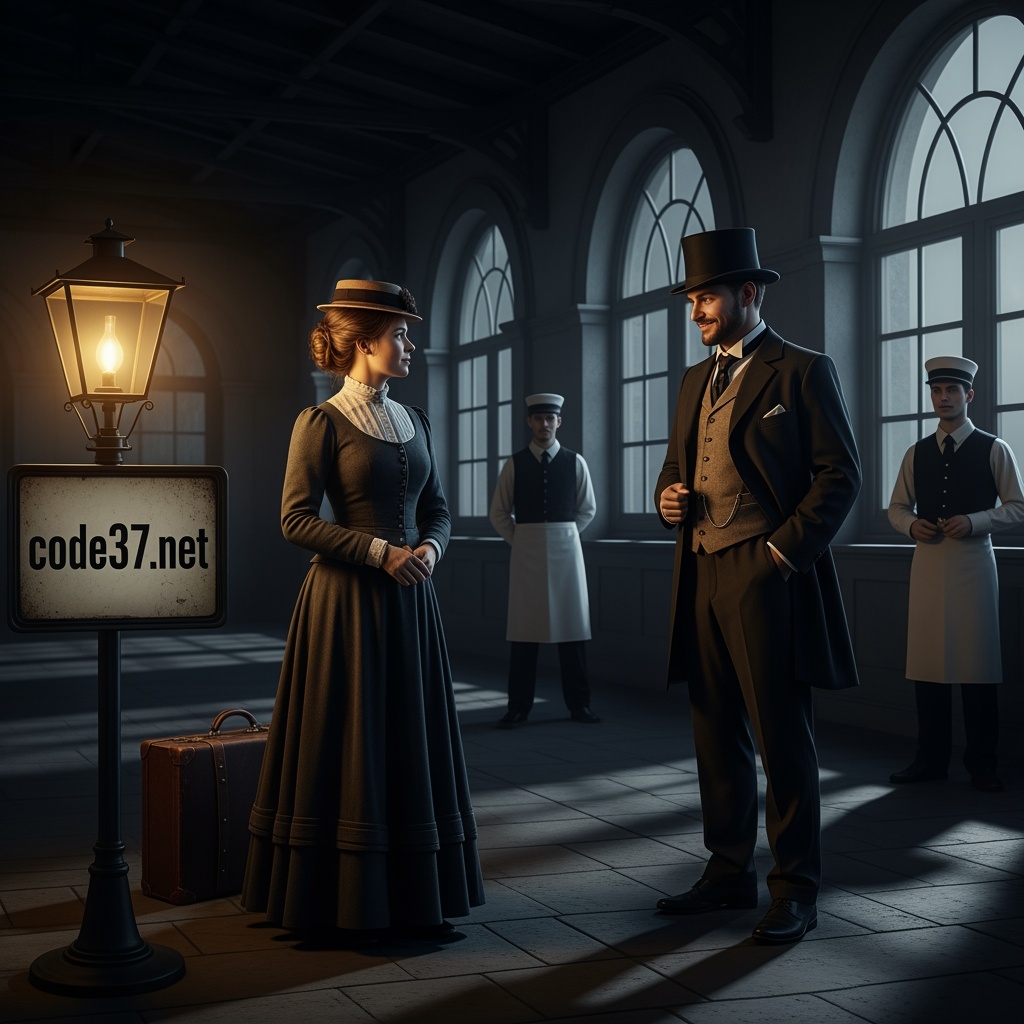
A woman who survived her own execution and thus immortalized herself in criminal history was the young Frenchwoman Helene Gillet. She was the 22-year-old daughter of the royal castellan of Bourg-en-Bresse, who lived with her younger brothers in her parents’ house. As the daughter of Burgrave Pierre Gillet, she led a privileged life until she became the talk of the town when the unmarried Helene found herself in a different situation without a man by her side. But when she was seen shortly afterwards, slim and slender, without having given birth to a child, this was reported to the criminal judge, who ordered an investigation. It was discovered that Helene had given birth two weeks earlier. But there was no trace of the child. Helene was arrested and questioned by the parliamentary judges. During the interrogation, Helene confessed that she had been raped by a young teacher who taught her brothers to read and write and lived with her uncle, with the help of a maid who had locked her in the room with the man. Helene had become pregnant by her rapist but had suffered a miscarriage. The judges released Helene from prison due to lack of evidence. But as luck would have it, a soldier walking past the garden of Burgrave Pierre Gillet noticed a bundle wrapped in linen in a ditch at the foot of the wall, containing the body of an infant. He immediately reported the find to the authorities. The dead baby was wrapped in a shirt with the initials H.G. embroidered on the collar, which stood for Helene Gillet. This evidence was enough for the judges to convict Helene of infanticide and sentence her to death on February 6, 1625. Due to her noble rank, she was granted the privilege of being executed by beheading with a sword rather than by hanging. Helene appealed to the parliament in Dijon, but her appeal was rejected. The verdict of the district court of Bourg was confirmed on May 12 and made more severe in that Helene was now to be led to her execution with a noose around her neck. At around 3 p.m. that same day, Helene was driven to the scaffold on the executioner’s cart with a noose around her neck, surrounded by numerous onlookers. The cart was accompanied at the front by four monks carrying crucifixes and at the rear by the executioner Simon Grandjean with his executioner’s sword and his wife with large scissors. The cart was also surrounded by a company of Hartschieren, the king’s court guard. The cart and its escort stopped at Place Morimont, where the monks prayed for the salvation of the condemned woman’s soul in a chapel. Helene was then led to the scaffold, where the executioner’s wife first cut the rope and then her long hair before blindfolding her and placing her head on the block while the monks prayed. Then the executioner, Simon Grandjean, a frail man who had been suffering from fever for three months, asked Helene for forgiveness before striking her with his sabre to sever her head from her torso. But instead, he only inflicted a deep wound on Helene’s left shoulder. The second attempt to behead Helene also failed, causing the crowd to rage at such incompetence and throw stones at the bungler, who fled with the monks into the chapel to escape the angry mob. This left the executioner’s wife unimpressed, who now wanted to execute Helene herself. She searched for the executioner’s sword but could not find it, so she grabbed the rope, wrapped it around Helene’s neck, and tried to strangle her by placing her foot on her chest. Helene grabbed the rope with both hands and fought back with all her strength. But the executioner’s wife did not give up. She dragged Helene by the rope, head down, to the end of the scaffold and tried to cut her throat with scissors. Now the people intervened. They ran over the bailiffs and guards and freed the unconscious Helene, whom they took to a doctor. The people were so enraged that they kicked in the chapel door. Finally, the monks opened it and fled. The people let the monks go, but not the executioner and his wife, whom they stoned to death. The mob had thus carried out lynch justice par excellence. Helene actually survived the two saber cuts, six scissor cuts that had torn her lips and chest, as well as the deep wounds in her hip and the many bruises from the stone throwing. But she had not yet been pardoned, which is why the lawyer Févret submitted a petition, supported by several influential personalities, to King Louis XIII. On June 5, 1625, due to the marriage of his sister Henrietta Maria to Charles I, he annulled the trial against Helene Gillet and thus overturned the death sentence. After Helene’s pardon, she retired to the Bresse convent, where she lived until her death.




